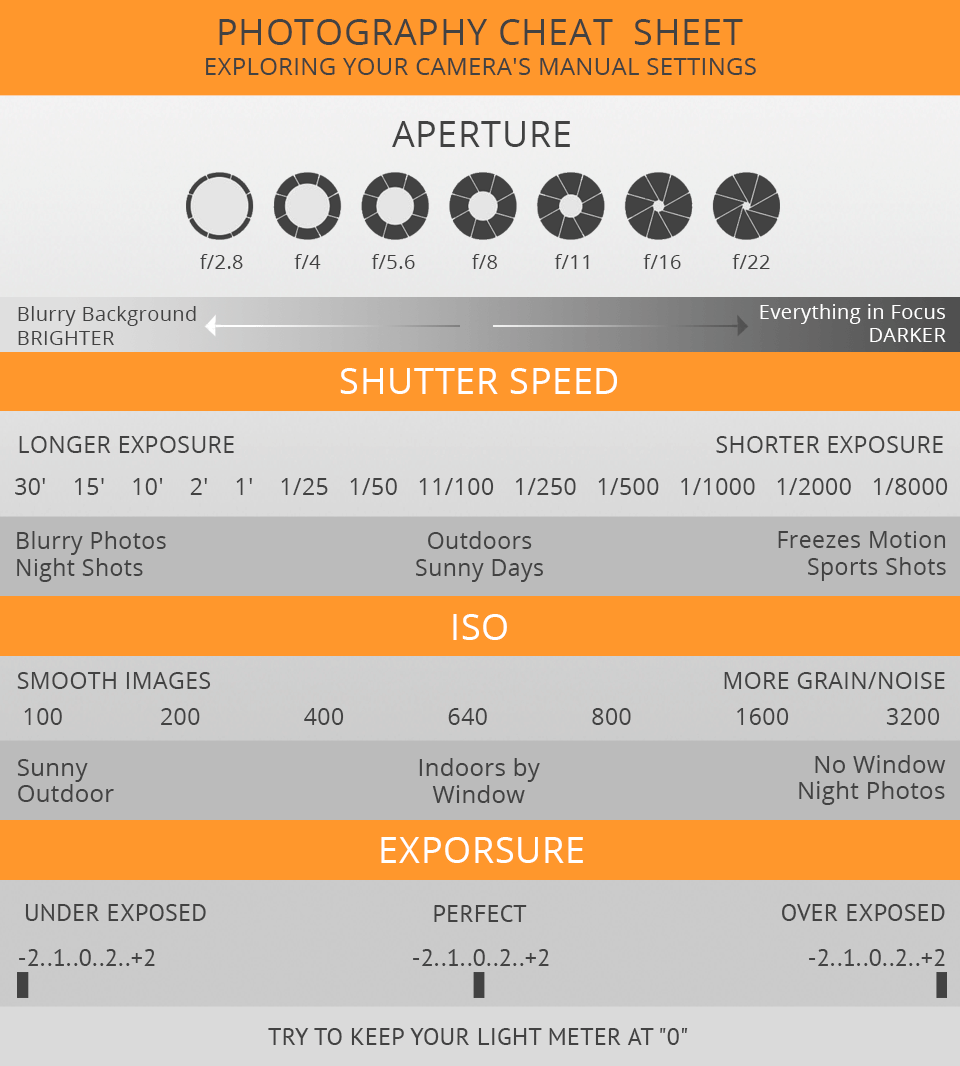Change Your Digital Photography By Understanding Lighting Methods That Can Boost Your Images-- Find The Typical Pitfalls That Could Be Holding You Back
Change Your Digital Photography By Understanding Lighting Methods That Can Boost Your Images-- Find The Typical Pitfalls That Could Be Holding You Back
Blog Article
Authored By-Rogers Heath
As a professional photographer, you know that illumination can make or damage your images. Understanding the nuances of both natural and artificial light is important for catching the mood and quality you aim for in your work. Whether you're going after the ideal gold hour radiance or tweak your artificial configurations, grasping these elements can elevate your photography significantly. However there prevail risks that several ignore, and identifying them can transform your technique to every shoot. Allow's explore what you may be missing and just how it can impact your results.
Comprehending All-natural Light
Comprehending natural light is important for any digital photographer wanting to enhance their work. It's the foundation of excellent photography, affecting mood, tone, and quality. When you shoot outdoors, focus on the time of day. The gold hour-- shortly after sunrise and before sunset-- offers soft, warm light that can transform normal scenes into spectacular pictures.
Don't undervalue the power of cloudy days. Cloud cover diffuses sunshine, developing a soft, even light that's perfect for pictures and macro photography. You'll find shades appear this type of illumination without severe darkness.
Placing issues, also. Constantly consider your topic's orientation to the light. If the sun's behind your subject, you might wind up with a shape, which can be significant yet mightn't be what you want. Alternatively, direct sunlight can develop unflattering shadows.
Experiment with angles; in some cases, changing your point of view can yield impressive outcomes. Use all-natural reflectors, like water or sand, to jump light onto your topic, including measurement.
Mastering Artificial Light
Mastering man-made light is important for professional photographers that intend to take their skills to the next level. Whether you're utilizing speedlights, studio strobes, or constant lights, recognizing just how to manipulate these resources can substantially enhance your images.
Begin by familiarizing yourself with the basics of light high quality, instructions, and color temperature level. Experiment with different modifiers like softboxes, umbrellas, or grids to regulate the soft qualities or cruelty of the light.
You'll find that soft light usually creates lovely outcomes, while harsher light can include dramatization and deepness. Don't avoid darkness; they can boost the three-dimensionality of your subjects.
Pay attention to the positioning of your lights. A light located also close to your topic can create unflattering results, while also far away can cause a lack of detail. Utilize a light meter or your cam's pie chart to ensure you're exposing properly.
Lastly, keep in mind that fabricated light can be mixed with ambient light for creative impacts. Stabilizing these sources might take method, but once you grasp it, your digital photography will genuinely shine.
Strategies for Various Scenarios
When you step into various shooting circumstances, adapting your illumination methods is crucial for capturing the most effective pictures. For outside pictures, use the gold hour-- early morning or late afternoon light-- to soften shadows and improve skin tones.
If it's an extreme noontime sunlight, take into consideration utilizing a reflector to bounce light back onto your subject or seek shaded areas for a more even direct exposure.
In low-light situations, like interior occasions, increase your ISO and make use of a wide aperture to allow in more light. A tripod can assist eliminate video camera shake, allowing for longer direct exposures without obscuring.
If you're shooting at night, trying out off-camera flash to create vibrant lighting and depth in your pictures.
For product digital photography, make use of diffused illumination to prevent rough reflections. https://telegra.ph/Discover-How-To-Select-The-Perfect-Video-Camera-Customized-To-Your-Digital-Photography-Style-And-Requires-But-Are-You-Thinking-A-01-08 or light camping tents can aid achieve this result.
When photographing landscapes, consider the instructions of light and time of day, as it can drastically transform the mood of your shot.
Constantly be ready to adjust your setups and positioning based on the situation, as adaptability is key to understanding lights in photography.
Verdict
To conclude, grasping lights is crucial to boosting your digital photography skills. Welcome all-natural light's appeal throughout gold hour, and don't shy away from explore artificial light methods. By adapting your technique to different situations, you'll record spectacular photos that reverberate with feeling and clarity. Remember, visit my website can change a common shot into something extraordinary, so maintain exercising and improving your understanding of both all-natural and fabricated light. Pleased shooting!
